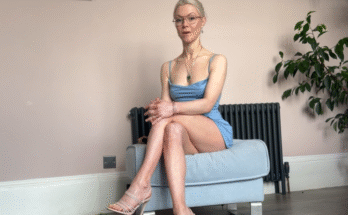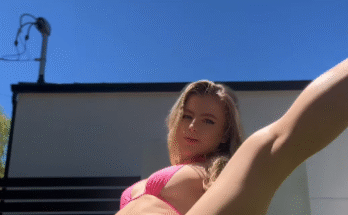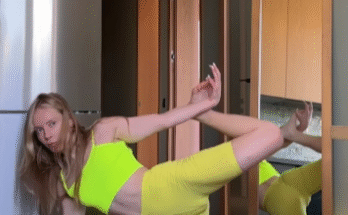Flexibility is a key element of overall health and wellness. Not only does it improve physical performance and reduce the risk of injury, but it also enhances posture, promotes better circulation, and releases mental tension. Yoga, with its deep stretches and mindful breathing, is one of the best tools for cultivating flexibility throughout the entire body. Whether you’re an athlete, a beginner, or simply someone who wants to move more freely, incorporating a deep flexibility full-body yoga routine into your week can be transformative.
In this guide, we’ll walk you through a full-body routine designed to target major muscle groups, increase range of motion, and leave you feeling balanced, open, and relaxed.
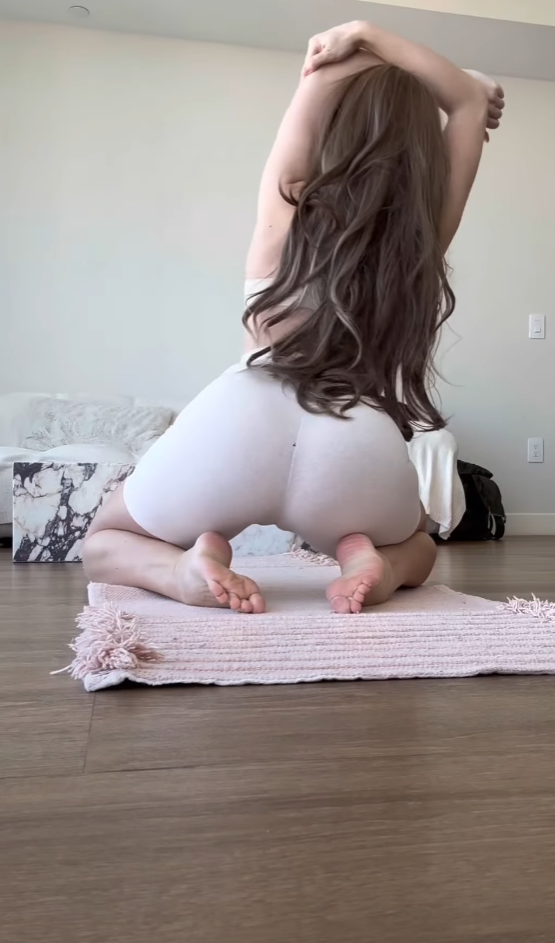
The Importance of Full-Body Flexibility
Many people associate flexibility with the ability to do a split or touch their toes. While these feats are impressive, true flexibility is about maintaining healthy range of motion in all your joints — your hips, spine, shoulders, and even your ankles and wrists. Full-body flexibility supports daily activities like walking, lifting, bending, and even sitting comfortably for long periods.
Additionally, deep stretching taps into the parasympathetic nervous system, helping to calm the mind and reduce stress. Yoga’s unique blend of breathwork and movement encourages mindfulness, helping you become more attuned to your body’s needs.
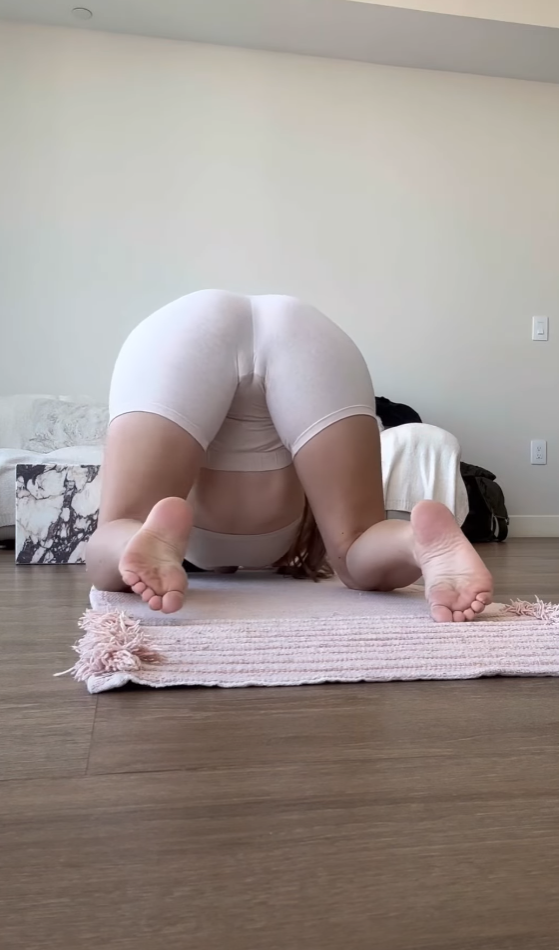
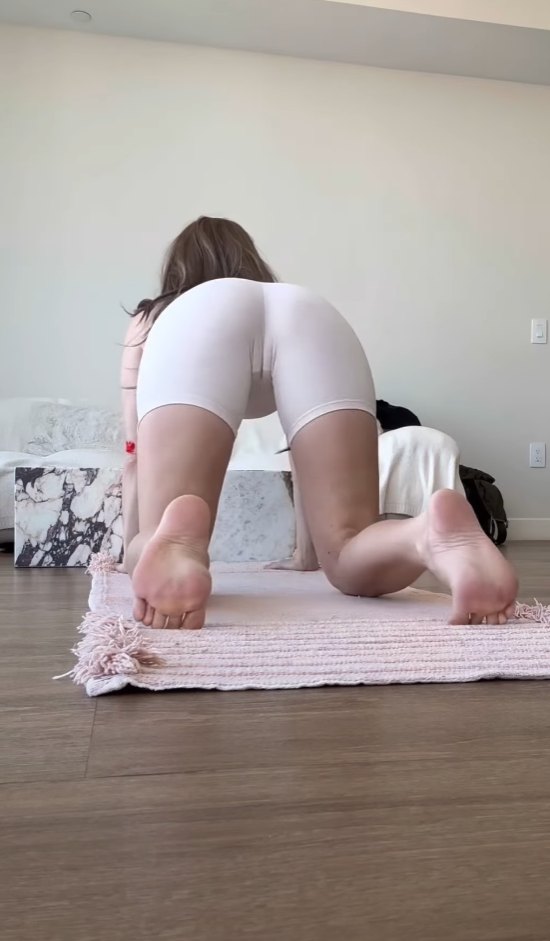
Preparing for Your Practice
Before starting any deep flexibility yoga routine, it’s important to warm up the body. Gentle movements like arm circles, spinal rolls, cat-cow stretches, and light hip openers prepare the muscles and joints for deeper work. Always listen to your body and never force a stretch. Move with patience and curiosity.
You’ll need:
- A yoga mat
- A yoga strap (or towel)
- Two blocks (or sturdy books)
- Comfortable clothing
Take a few minutes to center yourself with some deep breathing. Inhale through the nose for a count of four, hold for four, exhale for four, and hold again for four (box breathing). This primes your body and mind for a deeper experience.

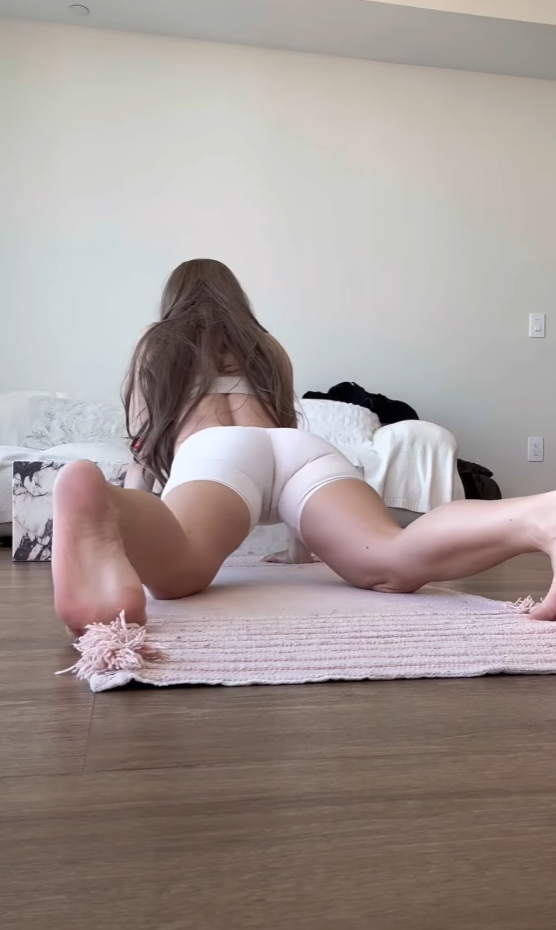
Deep Flexibility Full-Body Yoga Sequence
1. Standing Forward Fold (Uttanasana)
Start standing tall. On an exhale, hinge at the hips and fold forward, letting your head hang heavy. Bend your knees as much as you need. Hold for 10 deep breaths, feeling your hamstrings gently release.
Tip: Rock slightly forward and back to find your center of gravity.


2. Low Lunge with Quad Stretch
Step your right foot back into a low lunge, resting your left knee down. Reach back with your left hand to grab your right foot, pulling it gently toward your glutes. Hold for 8–10 breaths, then switch sides.
Benefits: Opens the hip flexors, quads, and groin.
3. Lizard Pose (Utthan Pristhasana)
From a low lunge, bring both hands inside your front foot and walk your foot slightly to the edge of the mat. Lower your forearms to the ground (or blocks) if possible. Stay here for 10 breaths.
Tip: Keep the back leg active and extended.
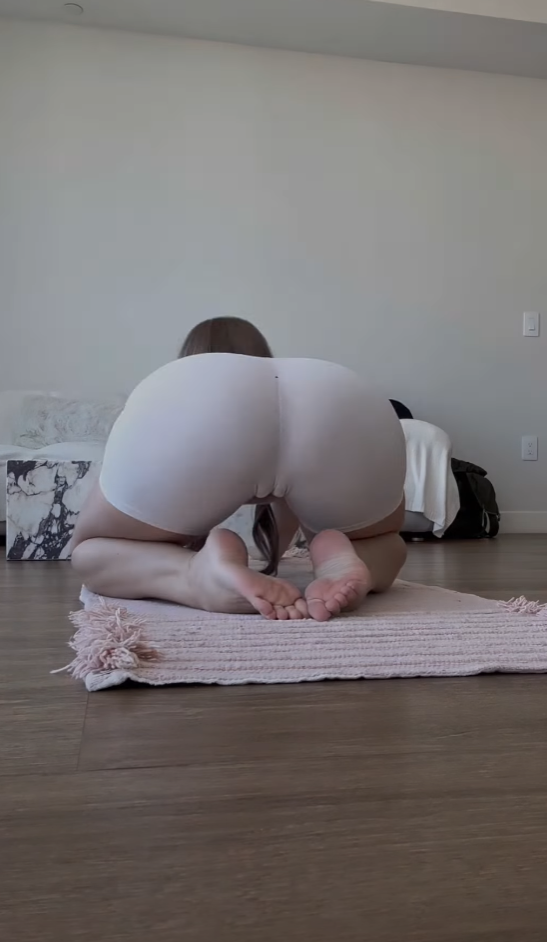
4. Pigeon Pose (Eka Pada Rajakapotasana)
From Lizard, step the front foot across and settle into Pigeon Pose. The front shin can be angled toward the front of the mat or closer to the pelvis. Fold forward and relax.
Hold for at least 60 seconds per side.
Benefits: Deep hip and glute stretch, emotional release.
5. Seated Forward Fold (Paschimottanasana)
Sit with your legs extended in front. Inhale to lift the spine, exhale to hinge forward from the hips, reaching for your feet, ankles, or shins.
Stay for 10–15 breaths, breathing into the back of the legs.
6. Butterfly Pose (Baddha Konasana)
Bring the soles of your feet together and allow the knees to open wide. Hold your feet or ankles. Gently pulse your knees or hold a deep forward fold over your feet.
Stay for 10–12 breaths.
Benefits: Groin, hip, and lower back release.
7. Supine Twist (Supta Matsyendrasana)
Lie on your back, hug your knees into your chest, and drop them to one side. Extend your opposite arm and gaze over it.
Hold each side for 8–10 breaths.
Tip: Use a block or pillow under the knees if needed for support.
8. Happy Baby Pose (Ananda Balasana)
Lie on your back, grab the outer edges of your feet, and pull your knees toward your armpits. Rock gently side to side.
Stay for 10 breaths.
Benefits: Opens hips and stretches the inner thighs and back.
9. Shoulder Stretch with Strap
Sit or stand and hold a strap overhead with both hands, slightly wider than shoulder-width. Keeping the arms straight, slowly lower the strap behind your head and then back up.
Repeat 5–10 times, breathing deeply.
Benefits: Increases shoulder flexibility and mobility.
10. Savasana (Final Relaxation)
End your practice lying flat on your back, arms and legs relaxed. Close your eyes and allow your entire body to melt into the mat.
Stay here for at least 5 minutes.
Tip: Focus on your breath or scan your body from head to toe, releasing any lingering tension.
Tips for Deepening Your Flexibility Practice
- Consistency is key: Practicing 3–5 times a week yields the best results.
- Stay hydrated: Flexible tissues are well-hydrated tissues.
- Use props: Blocks, straps, and bolsters support your body and help you maintain correct alignment.
- Breathe deeply: Your breath is a bridge between the body and mind. Use it to relax into deeper stretches.
- Be patient: Flexibility gains happen slowly. Celebrate small victories.
- Warm baths or showers: After stretching, heat can help maintain muscle pliability.
Closing Thoughts
Deep flexibility is not just about touching your toes or achieving Instagram-worthy poses. It’s about connecting with your body in a meaningful way, moving through life with greater ease, and cultivating a peaceful mind. A full-body yoga routine like this one nourishes not just the muscles and joints, but also the heart and spirit.
Approach your practice with kindness, curiosity, and consistency, and over time, you’ll witness beautiful changes — both on and off the mat.
Namaste.

